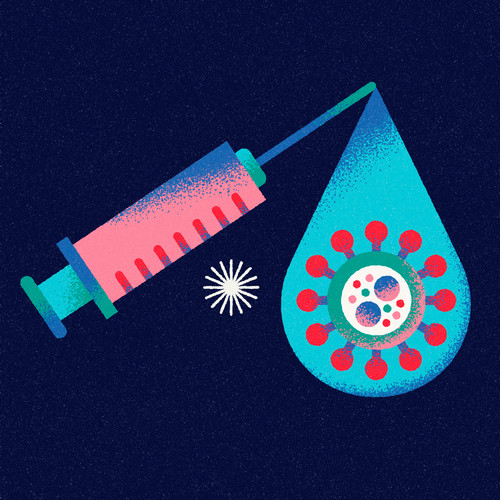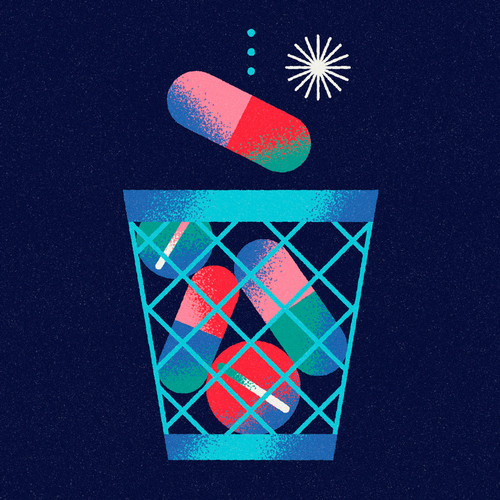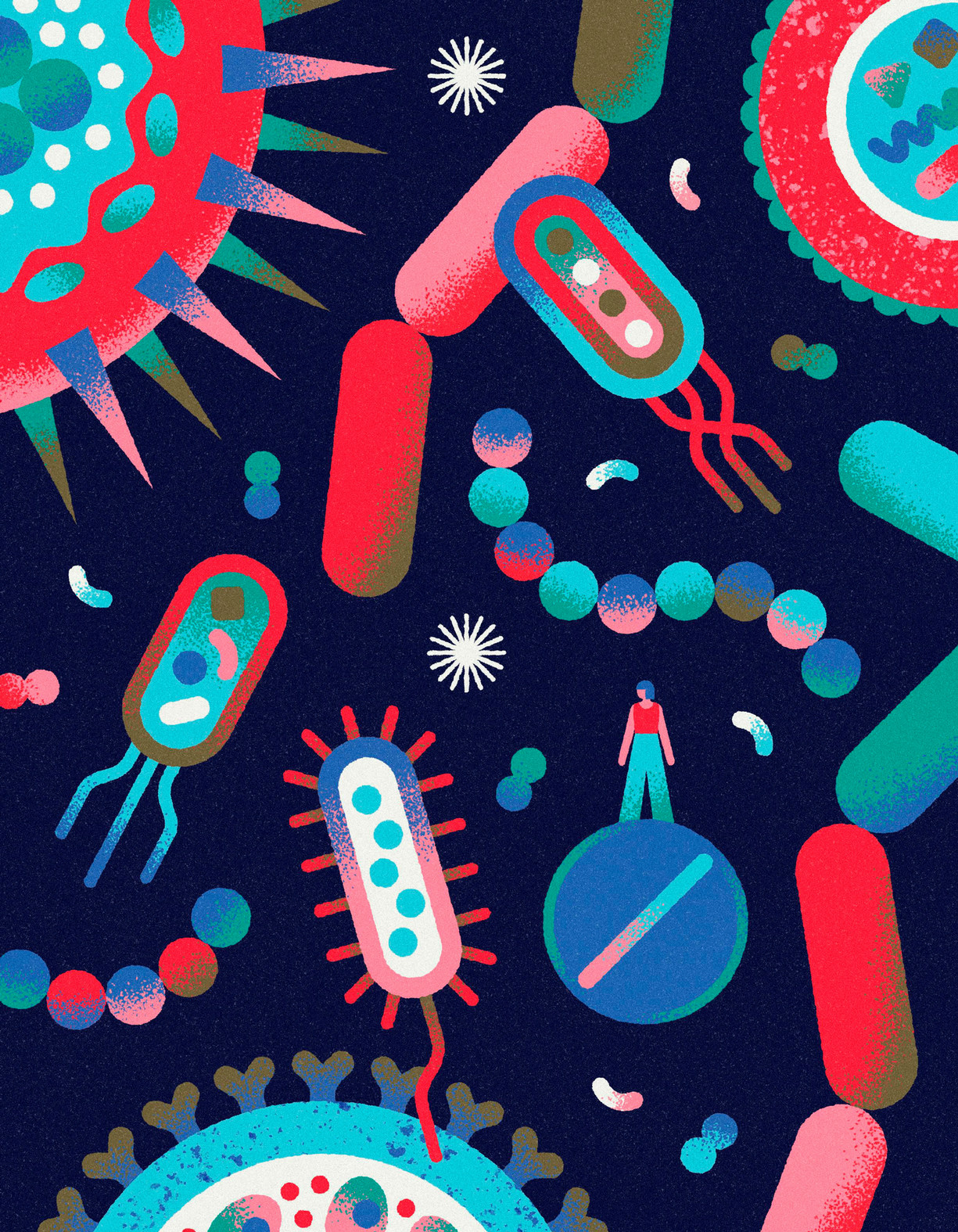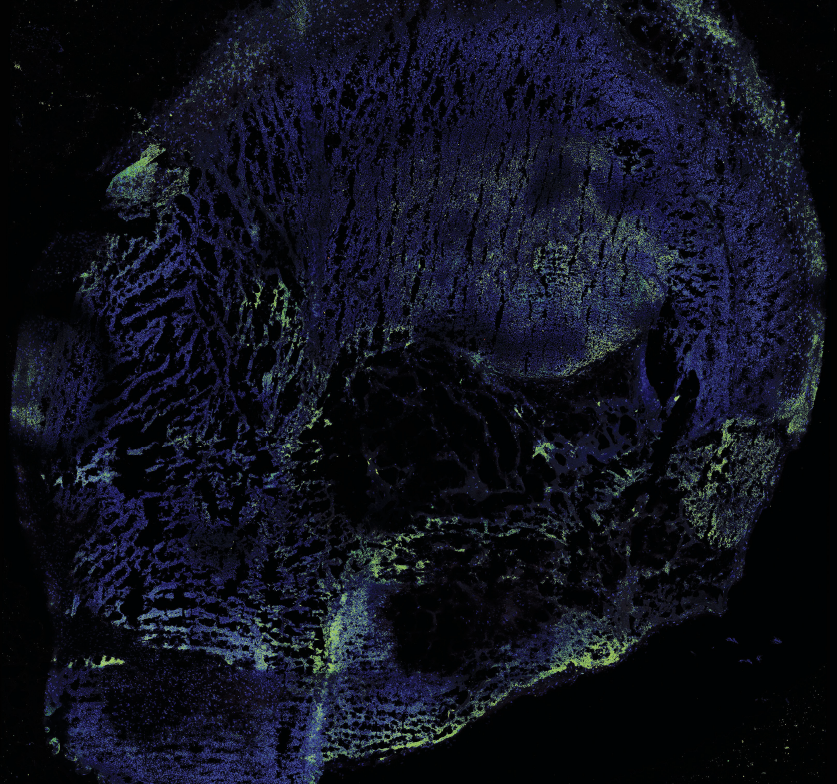In a vibrant lab in Western University’s Siebens Drake Research Institute, John McCormick contemplates how to deal with what’s been named one of the globe’s most urgent health challenges – a problem created by tiny organisms that is so vast it could make pandemics of the past seem like child’s play.

McCormick, PhD, a professor in the Department of Microbiology and Immunology at Schulich Medicine & Dentistry and scientist with the Lawson Health Research Institute, studies what are commonly known as Superbugs – also called antimicrobial resistance (AMR).
“Widespread AMR is becoming a menace to society,” McCormick explained as he leaned back in his chair. “Almost everything in modern medicine - chemotherapy, surgeries, drugs used to prevent organ transplant rejection, infection controls in hospitals – will be compromised if we don’t get ahead.”
The World Health Organization (WHO) has declared AMR one of the top global public health and development threats. It happens primarily when bacteria and fungi change over time and no longer respond to medicines, making infections harder to treat and increasing the risk of disease spread, severe illness and death.
McCormick is matter-of-fact but ominous in his assessment of the problem: “For some infections we’ll have no working drugs left.”
No working drugs
With no working drugs, pneumonias become lethal. Staph skin infections can enter the blood uninhibited with fatal results. Ear infections lead to meningitis. Minor day surgeries end in catastrophe. Sexually transmitted infections become pandemics, destroying our social fabric. All of these scenarios are currently playing out with varying levels of severity, most often in the developing world where access to health care and effective drugs are perilous at best.
No one knows this better than Western’s Idowu Olawoye, PhD, a bioinformatician with a background in microbiology and expertise in the genetic makeup of disease-causing micro-organisms.
“In some parts of the world, doctors are emptying their shelves of drugs, trying anything to treat illnesses that are not healing,” Olawoye said, shaking his head. “When we have illnesses that drugs no longer treat, it’s a dire situation.”
Western’s University Community Centre (UCC) is a place where students from all over the world come together, arguing about big ideas, politics and global health. And Olawoye sits at the centre of it all, sipping a hot chocolate, warning about Superbugs that are evolving and spreading at breakneck speed in our globalized world.
“Some experts believe it’s a post-apocalyptic future of antibiotic resistance,” he said. “My main concern is that we would begin to see a significant increase in untreatable infections spreading within the community due to the resistance of these Superbugs.”
Much like we experienced the slippery evolutions of COVID-19 strains during the most recent pandemic, Superbug genes mutate at alarming rates, outpacing our ability to stop them.
Olawoye, McCormick and their colleagues around the world call AMR the “silent pandemic.”
“Bacteria and fungi’s adaptability and resilience make them formidable adversaries to human health.” —Vanessa Dumeaux, PhD
The formidable enemy
Vanessa Dumeaux, PhD, assistant professor in Anatomy and Cell Biology at Schulich Medicine, has always been fascinated by the intricate world of microbial life and its influence on human health. In simple terms, microbial life includes fungi like tiny plants while bacteria are like tiny bugs.
Both have potential to evolve into Superbugs. Many already have.
“Bacteria and fungi’s adaptability and resilience make them formidable adversaries to human health,” Dumeaux said. “Their ability to form complex communities adds extreme difficulty when combating infections.”
To make matters worse, Dumeaux said fungal infections can sometimes mimic bacterial infections, making diagnosis complicated and time-consuming particularly when time is everything. Understanding these differences is crucial in deciding which drugs to use and which to keep on the shelf.
Bacteria and fungi are smart – when selective pressure is put on bacteria, such as treating them with an antibiotic, they evolve mechanisms to survive. This is how Superbugs are born. One good example of this is methicillin resistant Staphylococcus aureus (MRSA), which is a major research focus of multiple teams at Western.
Olawoye refers to these bugs and fungi as “small but mighty.”
“We are surrounded by millions of good and bad bacteria and fungi. They’ve been around for billions of years and they will very likely remain after we’re gone.”
Hope

Before Superbugs are given a chance to irreparably disrupt humanity, modern scientific methods, vaccines and AI, along with a healthy dose of international co-operation might save the day. The hope is that many AMR doomsday scenarios will not have the chance to play out.
Case in point.
McCormick has recently joined 27 other expert researchers from 11 countries on a quest to find a vaccine for the often-deadly group A streptococcal (strep A) bacterial infection. Vaccines could result in a dramatic reduction in the use of antibiotics, hopefully suppressing the advancement of AMR. Called the iSpy Network (immunity to Streptococcus pyogenes), McCormick said the initiative will create a global all-star team of scientists focused on fighting Streptococcus pyogenes .
“There is a major global effort to develop a vaccine for group A streptococci , and we are part of those efforts,” McCormick explained, pointing out the leading role Western researchers are also playing by studying how bacteria behave in live infection models. These efforts will help test potential vaccines and develop novel approaches to antibiotics.
“Along with our departmental colleagues like David Heinrichs, Martin McGavin and Jennifer Guthrie, Western is also a powerhouse in Staphylococcus research,” said McCormick. “We’re very good at understanding bacteria, how they access nutrients, how they live and resist and evolve, and cause disease. And we also do very effective infection modelling with mouse models.”
Having many researchers, foundations and educational institutions involved in the process is also key to secure funding.
“From the time a molecule is discovered, to testing, to bringing it to the clinic can cost $1 billion,” McCormick said.
That’s why Olawoye said an all-hands-on-deck global health policy approach is needed, where researchers and health authorities all agree on specific policies to combat Superbugs. Additionally, global livestock and agriculture practices and policies must align for a serious and co-ordinated approach if the battle against AMR is to succeed.
“AI will absolutely transform the research and work in fighting AMR. But, no matter what we do, these bugs are constantly evolving and will stay a step ahead.” —Idowu Olawoye, PhD
All of these concerns are shared by Dumeaux and those around the world on the frontlines of Superbug research and policy. She also has major concerns about how climate change and global warming, along with unsustainable agricultural practices, will shape the future of AMR.
“Overuse and misuse of antibiotics and antifungal medications in agriculture and health care contribute significantly to the emergence of drug-resistant microbes.”
These issues, as serious as they are in isolation, are compounded by broader planetary environmental concerns, particularly regarding fungal infections, she said. Fungi, responsible for approximately 80 per cent of plant diseases, threaten biodiversity and crop sustainability world-wide.
AI
There are new frontiers in the fight, however. AI is being used to predict new antibiotic compounds and to analyze huge amounts of data to identify resistant bacteria. It can also leverage vast amounts of genetic data to predict potential resistance while laying the groundwork for better antibiotics and antifungals.
“AI will absolutely transform the research and work in fighting AMR,” Olawoye said. “But, no matter what we do, these bugs are constantly evolving and will stay a step ahead.”
Back in his lab, McCormick said signs are pointing to a cohesive global response to Superbugs. New funding models are also being tabled as AMR dominates health-care conferences and governmental health policy.
Under the guidance of the WHO, and with the hard work of dedicated researchers at Western, there is hope that with the new possibilities of AI and vaccines, humanity will stay onestep ahead of this formidable, invisible threat.













